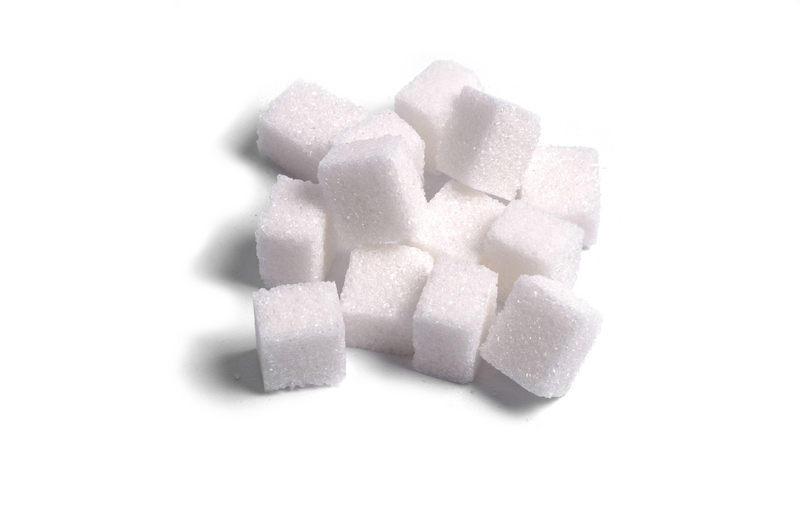Fifty years ago, a cancer diagnosis was only spoken about in hushed tones, and was never a topic of open and frank discussion. Things have changed so dramatically since then, that today, once a cancer patient is told of his options, frequent discussions with friends and family, and research on the internet is the norm. During treatment, all types of support are now offered and advertised, including counseling, Reiki, and makeovers to help make the therapy and their aftereffects more bearable. We follow up with benefit walks, swims and runs, and buy pink or differently colored products that give back dollars to cancer research.No longer whispered, the battle against cancer is loud and aggressive, but on one subject the silence remains deafening. Whether it pertains to prevention or treatment, sugar intake and its relationship to cancer is rarely discussed by the professionals or caregivers we rely on to guide us on this journey.
Almost a century ago, a cell biologist named Otto Warburg won the Nobel Prize for his discovery that normal cells and cancer cells use energy differently for growth. While normal cells require oxygen to change the glucose from sugar into energy, cancer cells use an oxygen free fermentation pathway that is less efficient. They are glucose hogs and require much more sugar than typical cells. At the same time they are creating less energy, they are producing fatigue inducing lactic acid as a byproduct. This may be why cancer patients frequently waste away despite high calorie intake, and suffer extreme exhaustion. Only a small percentage of the calories they ingest are actually turned into energy.
The expression “Sugar Feeds Cancer” simplifies a much more complex relationship between glucose, insulin and cancer, but for those who doubt that the sweet stuff has a role in cancer growth and development the following facts should be quite convincing.
PET Scans
The use of PET (Positron Emission Tomography) scans to assess the activity or recurrence of cancer is proof of cancer’s ravenous appetite for sugar. PET scans are used to pinpoint cancers through the use of a radioactive compound which is either consumed or injected into the body. The very vehicle used to carry the radioactivity into the cell is a sugar molecule, specifically because cancer cells absorb up to 40 times more sugar than healthy cells do, taking in that much more radioactivity as well. If cancer cells were not sugar lovers, the PET scan would not be an effective technology.
Insulin-Like Growth Factor 1
When we eat sugars, whether in the form of sweets, starchy foods, or fruits, our bodies produce insulin to bind up the glucose and bring it into the cells. We also produce a hormone called Insulin-Like Growth Factor 1 (IGF-1), in response to upsurges in insulin. So the more sugar we eat, the more IGF-1 we make, and the more the tumor grows. Increases in IGF-1 have been implicated in multiple cancers including breast, lung and prostate.
Diabetes
Diabetics are at double the risk for cancers of the liver and pancreas, and increased risk of other cancers such as breast, colon and bladder. An expert consensus from the American Diabetes Association and the American Cancer Society demonstrated this linkage, although they could not explain whether diabetes caused the increase in cancer, or the two diseases shared common predisposing causes such as lifestyle or genetics. However, other studies underscore the role of foods with a high glycemic load (GL) in the onset of cancer. Foods with a high GL are those that have a greater effect on blood sugar and insulin, and research tells us that people who eat a high GL diet are at increased risk for cancer. High GL foods include sugars, and refined, processed carbohydrates.
Ketogenic or Low Carbohydrate Diet
Cancer cells must have glucose to grow, but healthy cells can survive on energy produced from other sources when glucose is unavailable. In multiple studies, some using animals and others in humans, cancer development was halted or reversed in more subjects when a very low carbohydrate diet was adopted. The normal cells were able to survive and thrive on a diet of fats and proteins but the cancer cells could not. The ketogenic diet is a very specific and tightly controlled nutritional therapy that is used for people with seizure disorders unresponsive to medications. Small studies of this diet in children and adults with cancer, including glioblastomas (malignant brain tumors) show promising results. Less strict but still low carbohydrate protocols have also reported encouraging outcomes.
The biochemical relationship between sugar, insulin and cancer is undeniable, as is the fact that people consuming Western diets, high in processed grains and refined sugars such as High Fructose Corn Syrup, are at increased cancer risk. Whether we know exactly which metabolic processes make this happen seems almost beside the point- what matters is making lifestyle changes that can help prevent or retard the growth of cancer. Limiting sugar is an obvious first step.
Submitted by Vicki Kobliner
